Case Studies of Successful Web Design Projects
Web design is a creative and technical process that involves planning, creating, and maintaining websites. Web design can have a significant impact on the online presence, user experience, and conversion rate of a business or organisation. In this blog, we will look at some case studies of successful web design projects that achieved their goals and delivered value to their clients. We will also answer some common questions about web design and provide some tips on how to choose a web design agency.
Case Study 1: Airbnb
Airbnb is a global platform that connects travellers with hosts who offer unique accommodations and experiences. Airbnb’s website is one of the most visited and recognised in the travel industry, with over 200 million users and 7 million listings worldwide.
One of the key challenges that Airbnb faced was how to showcase the diversity and quality of their offerings, while also providing a seamless and intuitive booking process. To address this challenge, Airbnb redesigned their website in 2014 with the following features:
- A responsive design that adapts to different screen sizes and devices, ensuring a consistent and optimal user experience across all platforms.
- A large and immersive hero image that captures the attention and imagination of the visitors and showcases the variety and uniqueness of the listings.
- A simple and clear navigation that allows users to easily find and filter their desired destinations, dates, prices, and amenities.
- A user-friendly and secure checkout process that guides users through the steps of booking, payment, and confirmation and provides helpful information and tips along the way.
- A social and interactive element that encourages users to share their experiences, reviews, and recommendations with other travellers and hosts and to join the Airbnb community.
The results of the redesign were impressive: Airbnb reported a 10% increase in conversions, a 15% increase in engagement, and a 25% increase in organic traffic. The website also won several awards and accolades for its design, usability, and innovation.
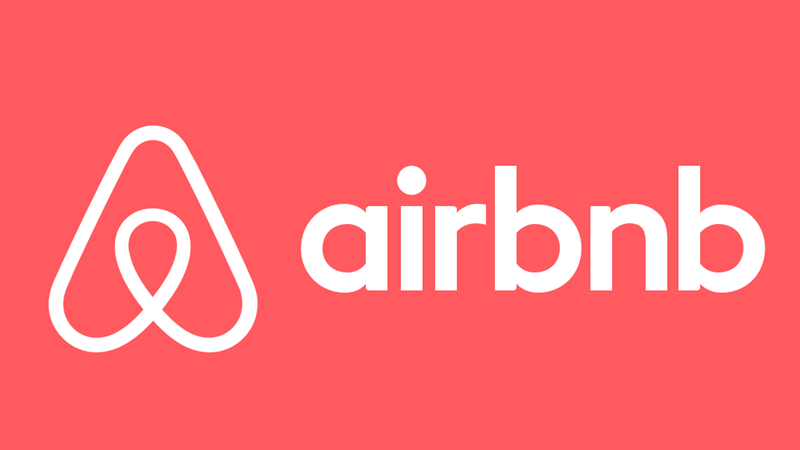
Case Study 2: Spotify
Spotify is a leading music streaming service that offers access to millions of songs, podcasts, and playlists. Spotify’s website is the main gateway for users to sign up, discover, and enjoy their content.
One of the main objectives that Spotify had was to increase their user base and retention by highlighting the benefits and features of their service, and by creating a personalised and engaging music experience. To achieve this objective, Spotify revamped their website in 2018, with the following features:
- A vibrant and dynamic design that reflects the energy and diversity of music and uses bold colours, gradients, and animations to create a visual appeal and identity.
- A clear and compelling value proposition that communicates the benefits and advantages of Spotify and invites users to try it for free or to upgrade to premium.
- A customised and curated content that showcases the best and most relevant music, podcasts, and playlists for each user, based on their preferences, mood, and activity.
- A social and collaborative element that allows users to follow their favourite artists, podcasts, and playlists and to share their music with their friends and family.
- A seamless and integrated experience that connects the website with the app and enables users to access and control their music across different devices and platforms.
The outcome of the redesign was positive: Spotify reported a 12% increase in sign-ups, an 18% increase in retention, and a 30% increase in premium subscriptions. The website also received positive feedback and recognition from users and critics alike.
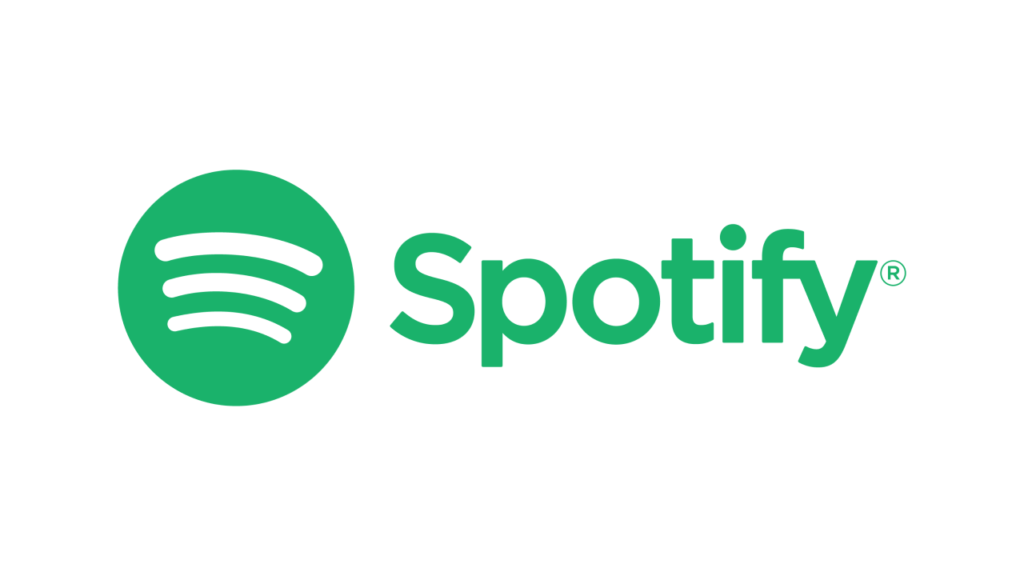
Case Study 3: Slack
Slack is a popular communication and collaboration platform that enables teams to work together more effectively and efficiently. Slack’s website is the main source of information and education for potential and existing customers, as well as a tool for generating leads and conversions.
One of the main goals that Slack had was to increase their awareness and adoption, by demonstrating the value and functionality of their platform and by addressing the pain points and needs of different types of teams and industries. To accomplish this goal, Slack redesigned their website in 2019, with the following features:
- A simple and elegant design that uses white space, contrast, and hierarchy to create a clean and professional look and feel.
- A powerful and persuasive headline that captures the essence and benefit of Slack, and encourages users to get started or to learn more.
- A comprehensive and informative content that explains the features and use cases of Slack, and provides testimonials, case studies, and statistics to support their claims and credibility.
- An interactive and educational element that allows users to explore and experience Slack through a live demo, a video tour, or a free trial.
- A targeted and personalised approach that segments and tailors the content and messaging to different audiences, based on their team size, industry, or role.
The impact of the redesign was remarkable: Slack reported a 14% increase in leads, a 20% increase in conversions, and a 35% increase in revenue. The website also earned praise and admiration from the web design community.
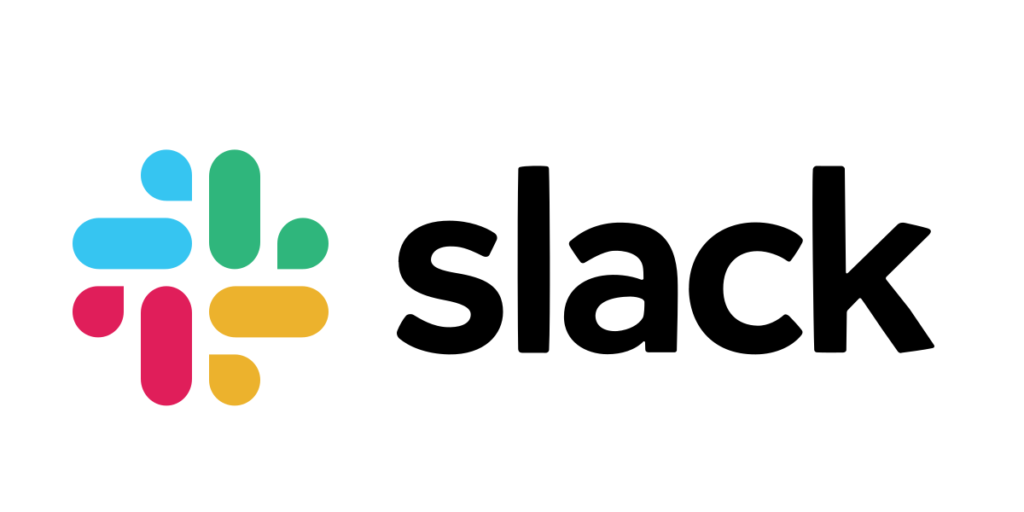
Case Study 3: Slack
Slack is a popular communication and collaboration platform that enables teams to work together more effectively and efficiently. Slack’s website is the main source of information and education for potential and existing customers, as well as a tool for generating leads and conversions.
One of the main goals that Slack had was to increase their awareness and adoption by demonstrating the value and functionality of their platform and by addressing the pain points and needs of different types of teams and industries. To accomplish this goal, Slack redesigned their website in 2019, with the following features:
- A simple and elegant design that uses white space, contrast, and hierarchy to create a clean and professional look and feel.
- A powerful and persuasive headline that captures the essence and benefit of Slack and encourages users to get started or to learn more.
- A comprehensive and informative content that explains the features and use cases of Slack and provides testimonials, case studies, and statistics to support their claims and credibility.
- An interactive and educational element that allows users to explore and experience Slack through a live demo, a video tour, or a free trial.
- A targeted and personalised approach that segments and tailors the content and messaging to different audiences based on their team size, industry, or role.
The impact of the redesign was remarkable: Slack reported a 14% increase in leads, a 20% increase in conversions, and a 35% increase in revenue. The website also earned praise and admiration from the web design community.



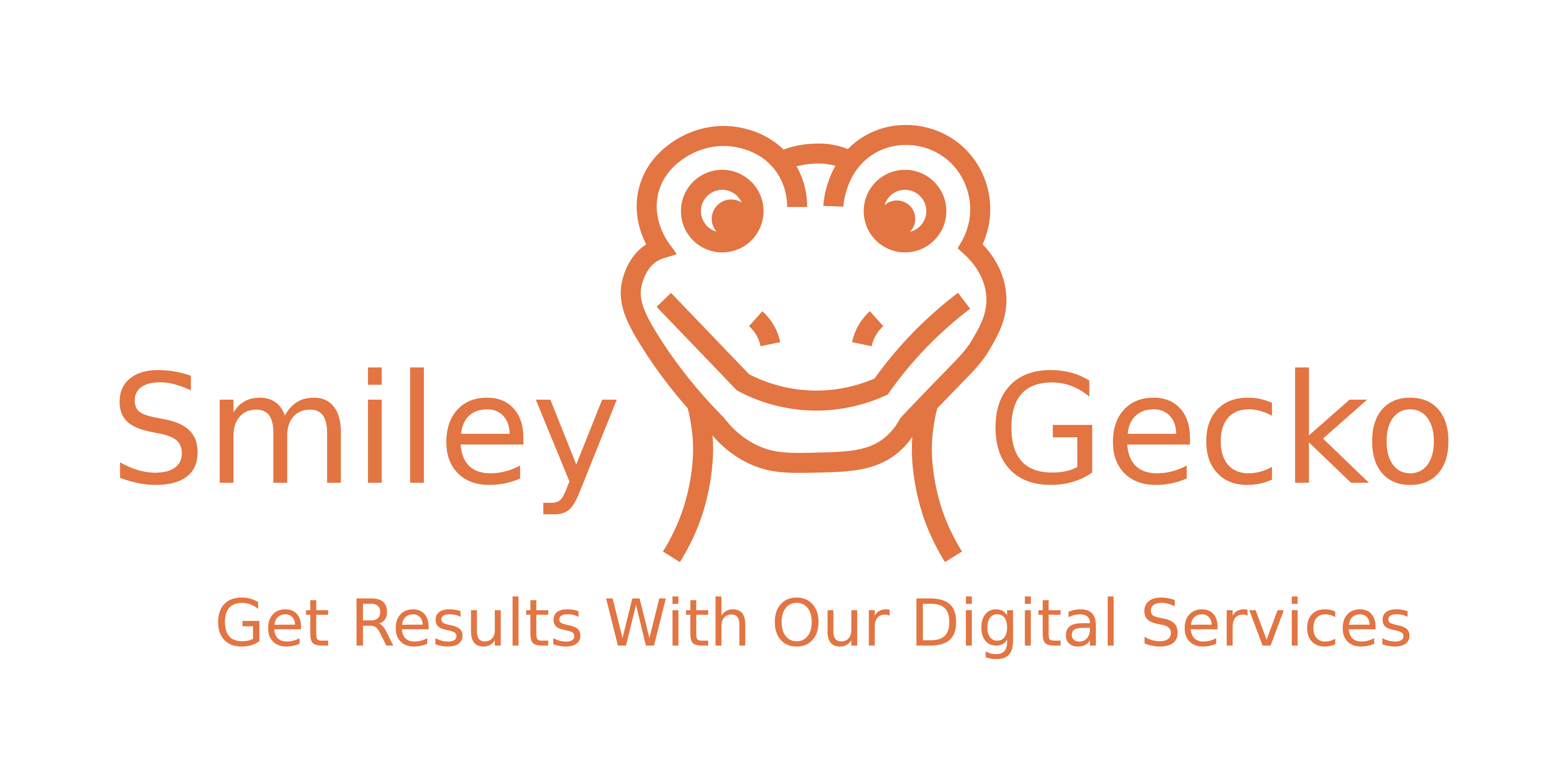
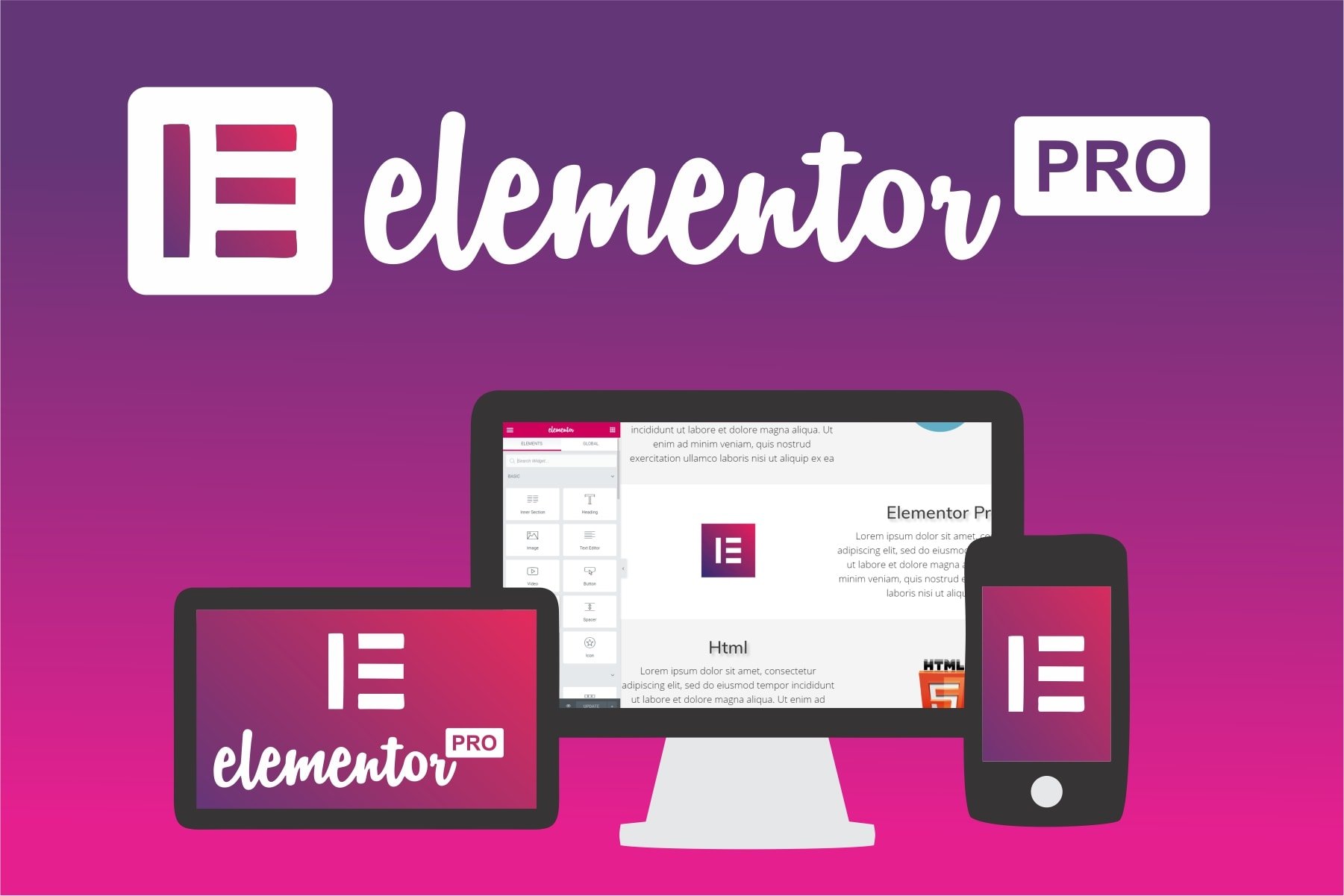
0 Comments